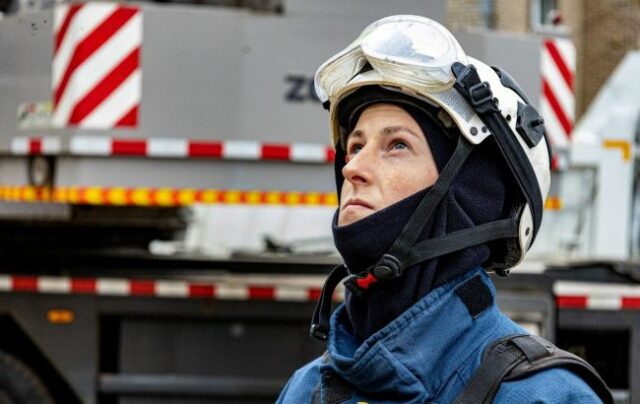Kharkiv Under Siege: Navigating the Threat of ‘Gray Zone’ Tactics
In recent times, Kharkiv has become a focal point of relentless attacks, leaving local authorities and residents feeling vulnerable and anxious. The alarming reports suggest that there are strategies, supposedly orchestrated by the Kremlin, aimed at turning Kharkiv into a “gray zone.” This term refers to regions where effective governance and law enforcement are almost non-existent, making way for chaos and lawlessness. This escalating situation has put President Volodymyr Zelensky, Mayor Igor Terekhov, and security experts in urgent discussions about how to combat these threats and protect the city and its inhabitants.
The intensity of the situation in Kharkiv has sharply increased, especially with a notable rise in drone strikes and missile attacks targeting both military and civilian areas. A clear indication of the heightened threat level came with the recent assault on key energy infrastructures. According to reports from local authorities, thousands of residents have been grappling with power shortages due to these targeted strikes. In fact, statistics show that over 60% of households in affected areas have experienced interruptions in electricity supply, revealing the pressing need for stronger protective measures.
What’s even more concerning is the ruthless tactics employed by Russian military forces. They seem to be systematically targeting the same areas multiple times, which not only puts civilians at risk but also endangers emergency responders who are heroically working to provide rescue services. It’s reminiscent of a deadly pattern seen in other conflict zones where repeated attacks on critical infrastructures can lead to long-term humanitarian crises. This calls for significant attention and resources to protect those who serve on the front lines of emergency response.
To navigate this precarious situation, residents and authorities alike are rallying together, fortifying their defenses amid the ongoing chaos. For instance, community initiatives are emerging where local residents organize into volunteer groups to assist with emergency preparations, such as making shelters ready or distributing supplies to those in need. This illustrates not just resilience but an unwavering spirit within the hearts of Kharkiv’s citizens.
Some unique strategies being considered include leveraging technology to enhance warning systems for residents. For example, the use of mobile apps that provide real-time alerts about incoming threats and safe zones can significantly improve safety for the locals. Moreover, international organizations are stepping in, with humanitarian aid poised to support both the immediate and long-term needs of the population, ensuring the basic necessities of life are met even in challenging times.
The plight of Kharkiv reminds us of the broader struggles faced by towns and cities besieged by conflict. As discussions continue about the most effective responses to the dangers at hand, the community spirit and resilience of Kharkiv’s citizens stand as a powerful testament to human strength in the face of adversity. It is essential that both local and global communities come together, forge meaningful alliances, and remain steadfast in supporting Kharkiv during these turbulent times.





